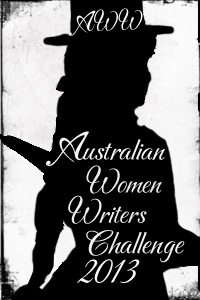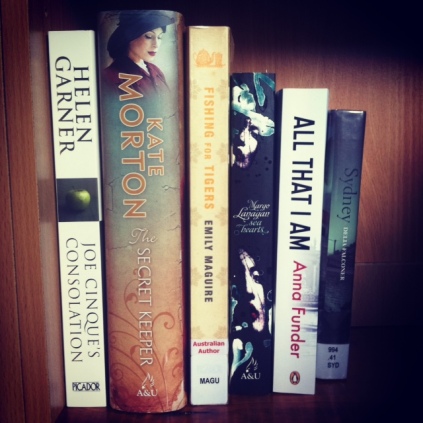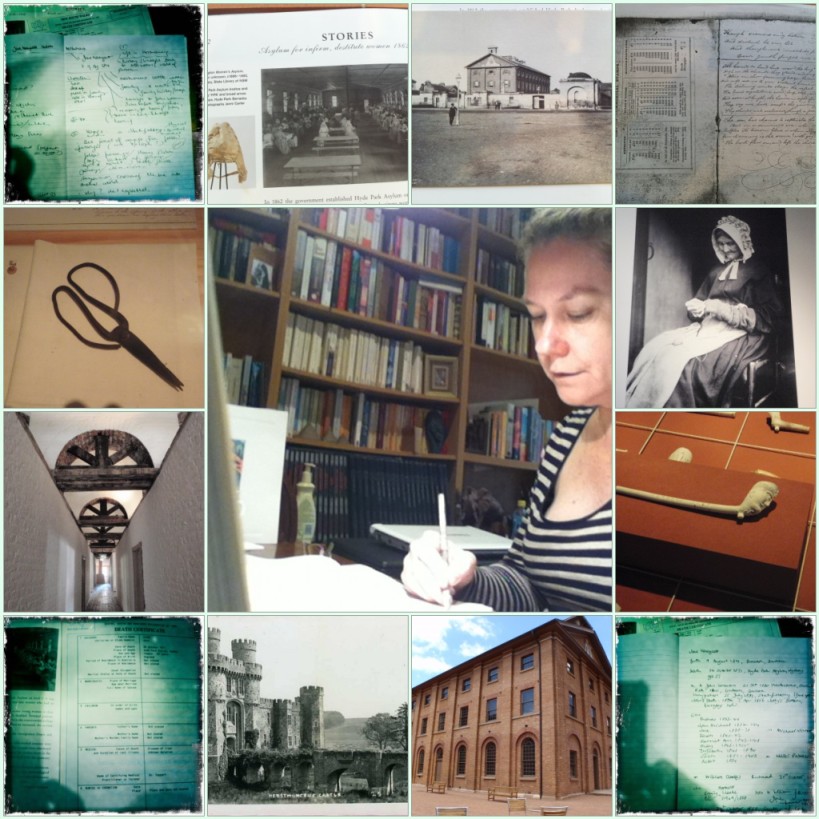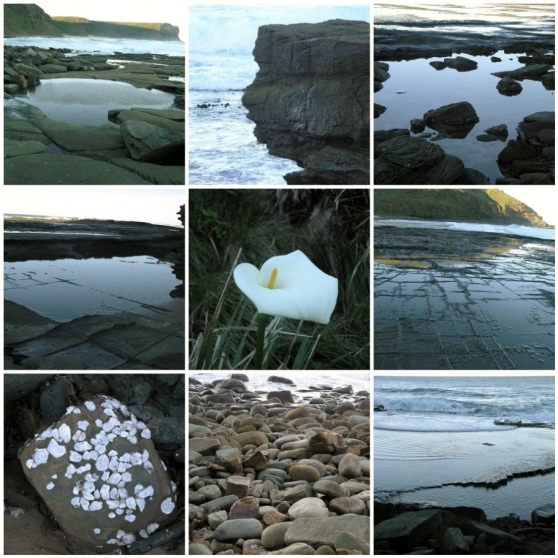
Hello and welcome to Quiet Writing
I’m so excited to be launching my new look blog. I’ve been preparing, quietly writing and crafting in the background for the longest time and it’s time to dust off this blog, formerly called Transcending, and transition it to reflect my focus for writing and new ventures going forward. It’s the heart of a new life and business and and I hope that you will join me here as I move through this time.
I’ve kept Transcending intact within Quiet Writing with its history over more than six years, as that journey has led to this one, coming out of pain and grief as its core. The spirit of Celebrating the extraordinary power of the ordinary self: strategies for rising above, cutting through and connecting will continue in Quiet Writing as its secret power. So if you have signed up to Transcending previously, I believe you will have transitioned over here to Quiet Writing and I hope you will stay for the next part of the journey.
So what is Quiet Writing about?
It is the summary of my passions and Core Desired Feelings of:
creative, intuitive, flowing, poetic and connected
To explain, I love the words of Monicka Clio Sakki, creator of the Sakki Sakki tarot deck:
“The Artist is still an Artist even behind the closed curtains. Being an Artist is a process, not a state.”
Quiet Writing is about the strength that comes from working steadily and without fanfare in writing and other spheres to create, coalesce, influence and connect. It’s an opportunity to muse and reflect on my core values and the interplay between them. In this, I draw on and connect my various experiences and interests as well as connecting with others who share them.
Many of us have been on what Elizabeth Gilbert calls, in one of her wonderful Magic Lessons, ‘the long runway’ and it’s valuable preparation we need to acknowledge. I want to honour the process as much as the product here; the being, becoming and journey as much as the arrival; the artistry behind the closed curtains and doors.
The Artist card in the Sakki Sakki Tarot deck beautifully symbolises this potential and opportunity:

This is not to say that publication, product and stage are not important and a desirable outcome; but we can focus too much on that external validation and not value our work and its process as it evolves in the present. The act of quiet writing and the solitude to capture ideas and craft them, especially for introverts who so need this, is the space from which so much can flow, connect and be created. The conditions, environment, relationships and influences which enable our creative endeavours to flourish are also crucial shaping factors.
I’m interested especially in the gift of writing and finding our unique voice to articulate our place in the world and express the artistry of everyday life.
This is something I’ve been interested in and committed to in my working and creative life for a long time. One of my earliest blog posts from 2010, ‘The value of howling into the wind” captures this:
So ‘howling into the wind’ is about running with the wolves and the ‘longing for the wild’ as (Clarissa Pinkola) Estes calls it. It’s about stoking the creative fire with winds that might feel a bit uncomfortable and cold at first. It’s about the strength that might come from tuning into such intuitive sources, making connections and finding that to which we belong.
And through whatever means – writing, photography, a business idea, a new perspective, the shape of a poem – forming something unique that is your voice that others may also tune into, relate to and take something away from. So let’s keep howling.
It’s funny how we resonate more deeply with our own themes over time; though sometimes we need to learn to listen to ourselves a little more and honour our enduring passions as they play out.
You can learn more about me here but in short, I gain great heart from reading about the journeys of those who seek and enjoy things like creativity, the gifts of introversion, authenticity and celebrating a reading and writing life, and especially hope to celebrate the lyricism of this in my own journey and in connecting with others on similar journeys.
So what can you expect here at Quiet Writing?
- Reflections on my experiences of quiet writing as I negotiate it as a central value
- Ideas on the writing process and how to grow, express and value your unique voice
- A focus on the strengths of quietness and introversion to cultivate depth and connection
- A lot about the art and value of living quietly – creative spaces, our environment, relationships
- Conversations about books, reading, influences and podcasts that celebrate this kind of life
- Thought pieces on creative connections: tarot, astrology, symbols, Jungian psychology
- An exploration of contexts such as leadership, innovation, productivity, planning, strategy and managing introversion in public roles.
And into the future, I am planning much more, with Quiet Writing being the core of a heart centred gathering of like minded people with sharing of influences and connections to bring us all alive.
Key influences:
In starting anew here, I’d like to express gratitude and acknowledge the key influences, connections and reading, writing and personal development projects that have brought me here. They include:
- Susannah Conway’s e-courses such as Blogging from the Heart, Journal your Life and The Inside Story and her inspiring journeys on building a heart filled creative life and business that have supported and nurtured my own;
- Danielle LaPorte’s everything and especially The Desire Map Core Desired Feelings and Style Statement work, her energy, passion and constant encouragement in creativity;
- Joanna Penn’s The Creative Penn and her generous and informative blog, resources and podcasts and for the powerful and inspiring role model of her business and writing life;
- Susan Cain’s book, Quiet: the power of introverts in a world that can’t stop talking and The Quiet Revolution which have helped me make sense of so much and which I hope to build on in my own unique way here as a voice empowered by this strength;
- Sage Cohen, writing mentor and author, whose books including ‘Writing the Life Poetic‘ and ‘Fierce on the Page‘ are always close at hand and who has helped me get back to writing and to navigate some very difficult times with courage and grace;
- And finally, my creative buddy, Victoria Smith, who inspires me always with her mojo, wise words and practical magic and who has been such a valuable support in recent times as my life coach as I navigate new horizons.
I’ve written about my influences previously in this post and you can see that Susannah, Danielle, Joanna and Sage have been strong influences since 2010 so I owe them enduring gratitude for their inspiration and support.
Acknowledgements:
I also want to acknowledge my family and friends at this time of making a new start, for without them and their sacred place in my life, I would not be writing quietly here now:
- To my partner Keith, for supporting, enabling me and loving me for who I am. Strong, independent women can make it on their own but it can be lonely; having the support of a strong and independent man who lets me shine is a rare and valued thing. I am lucky enough to have had two such men in my life: my Dad and Keith: Thank you, Keith, for your support and for our ability to negotiate tough times with humour and grace. Our love is deepening as we enter this new time.
- To my daughter Caitlin, who embodies the spirit of quiet writing in her beautiful being with her love of language, reading and solitude: It’s the greatest of treasures being your mother and watching you grow into the independent and strong woman that you are. You teach and inspire me constantly in so many quiet ways as you always have and I love you so much.
- To my father and mother: My father taught me so much about the strength of quietness without me even realising. No longer with us, I realise now that he was probably an INTJ just like me and my quiet strength, love of books and reading and so much more comes from him. And my beautiful mother who is the bravest person I know, who has loved me and my brother so fiercely and managed the most challenging times with such quiet resilience I can only wonder at. To both: the fiercest of love and gratitude back to you.
- To my little brother Martin, who left us so tragically and suddenly by his own hand in 2007. The impetus of much of this blog and its creative work stems from the time of his death. I wish it had come to me another way than through the grief and learning from such terrible loss: The hole in my heart is so large and I try each day to fill it with light. I know you visit in the butterfly spirits that come by so gently and we need to learn to speak of you more. I will keep your spirit alive here, transcending into quiet writing and as I said at your funeral, in the words of ‘Crowded House’:
And if you choose to take that path
I will play you like a shark
And I’ll clutch at your heart
I’ll come flying like a spark to inflame you.
- To my family, friends and especially my creative friends in real life and on Instagram and in other special places like the Mojo Lab Inner Circle: linking with you gives me such great heart for the journey and I love our connections each and every day.
- And to my ancestry, my lineage, especially the women in my family who scribbled poems that I have found, tucked into recipe books and who signed their names as an X: I am sure you wrote quietly in your heads, hearing your own voice, and who knows what might have been in different circumstances. I thank all those who have gone before me to enable this room of my own to be able to have the voice that I have and the ability to use it. May I use it wisely and with passion and influence to likewise blaze a trail for others.
Thank you for staying to read to this point. I know it’s long but for reasons I don’t fully understand yet, these things need to be said here as a threshold piece in moving forward. The card I drew today, the Six of Swords (shown here from the Sakki Sakki deck) is a clue I think – there is a passage, a crossing over, a heading into and a leaving behind at this time.

So let us begin here.
I look forward to connecting with and learning from you and I encourage you to connect with me.
You can sign up at the top so you receive ‘Quiet Writing‘ posts and information via email. I promise I won’t bombard you and I’ll respect your space. I’ll be aiming for about 1-2 posts a week that I hope will inspire you and this way, you can also keep in touch with new developments here as they unfold.
In the spirit of connecting and commencing here, I’ve opened up about ‘Quiet Writing‘, its background and how it expresses my unique voice. I’d love for you to say hello and tell me in your special two words (or more, given I’ve taken so many!) how you express your creativity and uniqueness in the world.
Let me know your thoughts as I start out anew. I’d love to hear from you so I’m not just howling into the wind, as valuable as it is.
Terri x








